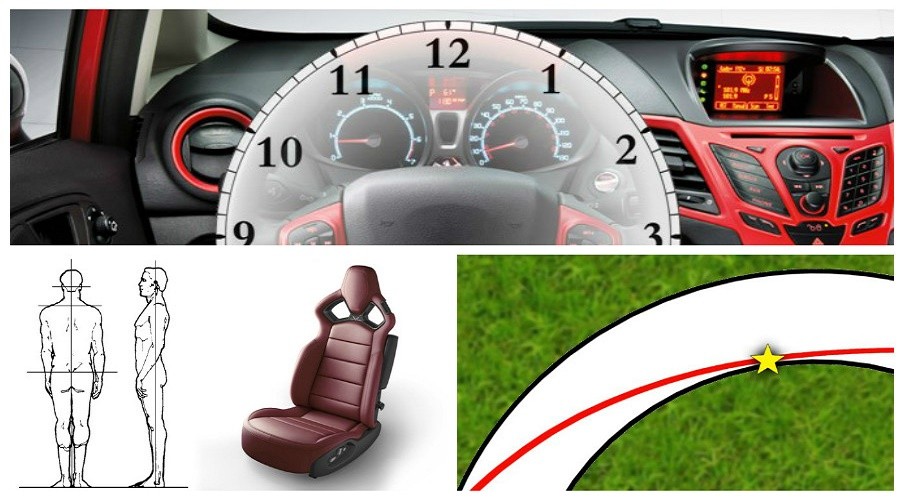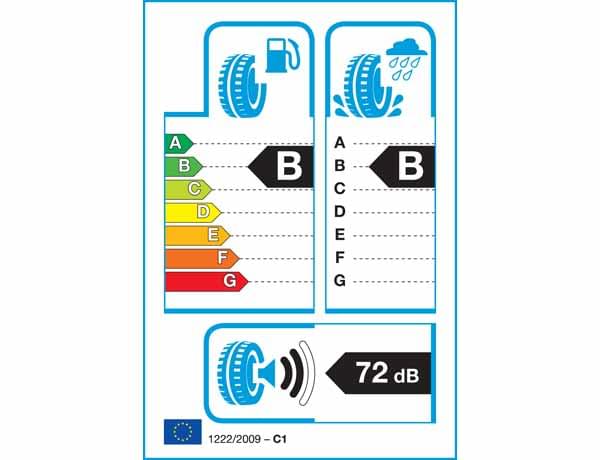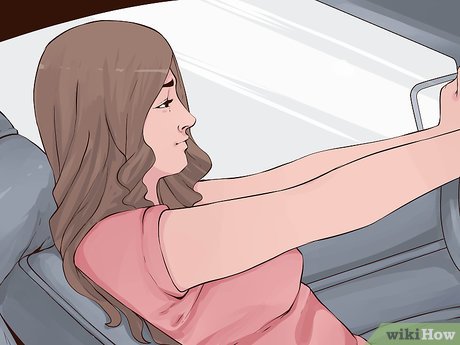
How to become a better driver
A variety of drivers, both good and bad, drive on the roads of our country. While a good driver is often appreciated by others, it only takes one bad driver to ruin someone's day. If you need driving skills...
A variety of drivers, both good and bad, drive on the roads of our country. While a good driver is often appreciated by others, it only takes one bad driver to ruin someone's day. If your driving skills need some improvement, there are certain steps you can take to become a better driver, including keeping a safe distance while driving, letting other drivers know your intentions with turn signals, and adjusting your mirrors to provide you with the best overview. while driving.
Method 1 of 3: before leaving
Safe and courteous driving starts before you even leave the house. Whether you improve your driving by taking a driving course, making sure you have optimal visibility, or avoiding drowsiness while driving by getting plenty of rest, you can easily become a better driver by following a few simple steps.
Step 1: Take a Safe Driving Course. You can enroll in a safe driving course or find an online self-paced class.
Drivers aged 16 to 25 or over 55 who take a safe driving course online or in person may receive auto insurance discounts in some states. You can also remove points from your driving history by taking one of these courses.
Defensive driving courses will help you brush up on a wide range of safe driving techniques, including keeping your distance and assessing it while driving.
Most courses last four to eight hours, with online courses costing around $35 and in-person safe driving courses costing more, $30 to $50 an hour. To find a safe driving course in your area, visit your state Department of Motor Vehicles website.
Step 2 Check and adjust the mirrors.. When you get into your car, check your mirrors to make sure they are properly adjusted.
It is especially important to adjust your mirrors when you first get behind the wheel of a car or after someone else has driven it.
To adjust your car's mirrors, do the following: Lean your head against the side window glass and adjust it so that you can barely see the rear of the car. To adjust the passenger's side mirror, lean over so that your head is above the center console. Adjust the mirror so that you can barely see the rear of the car.
Adjust your rearview mirror so you can see more of the road behind your vehicle. If done correctly, the side mirrors should overlap the rearview mirror, giving you a full view of the road.
Step 3: get some rest. Another great way to make sure you're in top driving shape is to get plenty of rest.
According to the National Highway Traffic Safety Administration (NHTSA), driver fatigue is the leading cause of road traffic accidents, with more than 100,000 accidents reported each year as a result of a driver driving while asleep.
Method 2 of 3: City driving
Once you've fastened your seat belt and adjusted your mirrors, you're ready to leave. While driving, you can expect to be in the city or on the highway. Driving in the city involves many frequent stops that require you to follow signs and traffic lights. While driving in the city, other motorists are in close proximity and traffic is usually slower than traffic on motorways.
Step 1: Constantly check your mirrors. While driving around the city, you need to constantly check your mirrors and the roadway around you.
Your car's mirrors are important for letting you know when someone is near your car on a multi-lane road. Your mirrors also alert you to approaching emergency vehicles with flashing lights, signaling you to pull over to the right side of the road so they can pass safely.
Step 2: Keep a safe driving distance. When driving in a traffic jam, make sure you keep a minimum distance from the vehicle in front.
You can use the three second rule to determine if you are too close to the vehicle in front of you or not. The best thing about the three second rule is that it works at any speed.
The three-second rule is as follows: When the car in front of you passes a roadside object such as a pole, tree, or sign, you start counting. If you count three seconds before your vehicle passes the object, you are far enough behind; anything less and you are too close.
Step 3: Use Your Signals. Use turn signals to let vehicles behind you know your intentions when changing lanes, turning or slowing down.
Keep in mind that when your car breaks down, always use your car's hazard lights to alert other drivers to your presence on the road.
Step 4: Don't block intersections. When you stop at a traffic light, always stay behind the white line.
If you stop behind a white line at a traffic light or stop sign, your vehicle may block a vehicle crossing the road in front of you. You should also pay attention to the signs warning you not to block the lane. This allows the traffic flow to move more smoothly, as drivers leaving the side streets have the opportunity to merge into the traffic flow.
Step 5: Be respectful of other drivers. You should always treat other drivers around you with respect and courtesy.
This includes allowing other vehicles to participate in traffic when they exit parking lots or side roads, as long as it does not interfere with the normal flow of traffic.
Remember that if you are a little more careful and spend the extra time it takes to get to your destination instead of rushing, you can save time wasted on cleaning up an accident or save you from getting a traffic ticket. movement.
Method 3 of 3: Cross-country driving
Driving on an open highway is usually very different from driving in traffic on a city street. With fewer traffic lights, highways and interstates allow drivers to get to their destination faster. This increase in speed means you have to stay prepared to react faster to unexpected events, such as when drivers in front of you suddenly stop or you see an ambulance on the side of the road.
Step 1: Don't exceed the speed limit. While it may seem tempting, resist the urge to exceed the speed limit.
Not only is speeding against the law and can result in a fine, the speed limit is meant to protect you and other drivers around you. Many speed limits across the country on highways and freeways are set at 65, 70, or even 75 mph. Always obey the posted speed limit in the area where you are driving.
In addition, studies have proven that when you go over 70 mph, your fuel consumption starts to drop significantly. So not only do you pay more for gas, but you also risk getting a speeding ticket.
Step 2: Use only the fast lane for overtaking. In many states with two-lane roads, the left lane is for overtaking only.
This allows faster vehicles to overtake slower ones and ensures a smooth ride. Most states have rules for using the left lane to pass postal signs along the roadway so that drivers are aware of the law.
Step 3: Keep a safe distance. Just like on city streets, it is important to keep a safe distance when driving on motorways and freeways.
For the most part, the three-second rule applies on motorways as well. Some additional considerations include increasing the distance between you and another vehicle when driving at night or in inclement weather such as fog and rain.
Also, don't get in the way of other drivers when merging, whether at the entrance or when overtaking. This is especially important when overtaking or merging in front of an 18-wheel truck. A truck's stopping distance is much longer than a car's and it can cause serious injury if you cut them off and then come to a sudden stop.
Step 4: Prepare for an emergency. Most motorways and freeways have a wide right hand shoulder for emergency use only.
If possible, do not stop on the side of the road. Instead, if you have a problem with your vehicle, stop at a rest area or get off at the exit and stop in a parking lot or other safe place to take care of your vehicle. If you must stop on the side of the road or on the side of the highway, turn as far to the right as possible.
Step 5: Dealing with an emergency. Turn on your hazard warning lights and use caution if you need to get out of your vehicle.
If possible, stay in the car until help arrives.
- Functions: If you don't have a cell phone, tie a bright cloth to your car's antenna and raise the hood. This is a signal to the police, other drivers or road crews that you need help.
Step 6: If possible, run over when colliding with ambulances.. If you encounter an ambulance with flashing headlights on the side of the road, slow down and, if possible, move into the next lane.
If you are driving in heavy traffic and cannot stop, slow down and use caution while watching for emergency personnel or other motorists on the side of the road.
By practicing safe driving techniques, you can improve your overall driving skills, making the roads safer for yourself and others. In addition to watching how you drive, you also need to make sure that all of your headlights, turn signals, and hazard warning lights are working properly while driving on the road. To make sure these items are in good working order, have one of our mechanics run a 75 point safety check on your vehicle.

